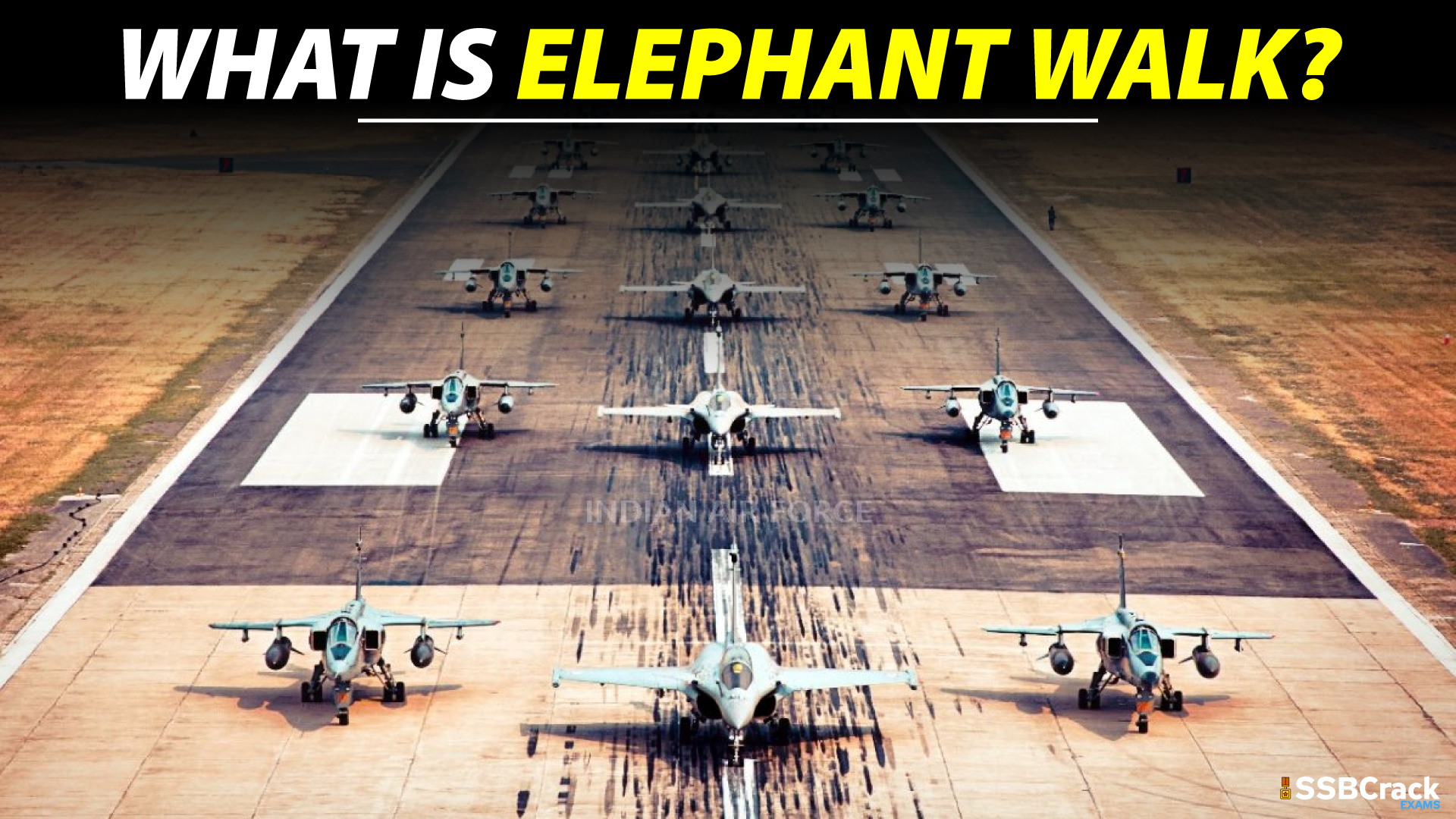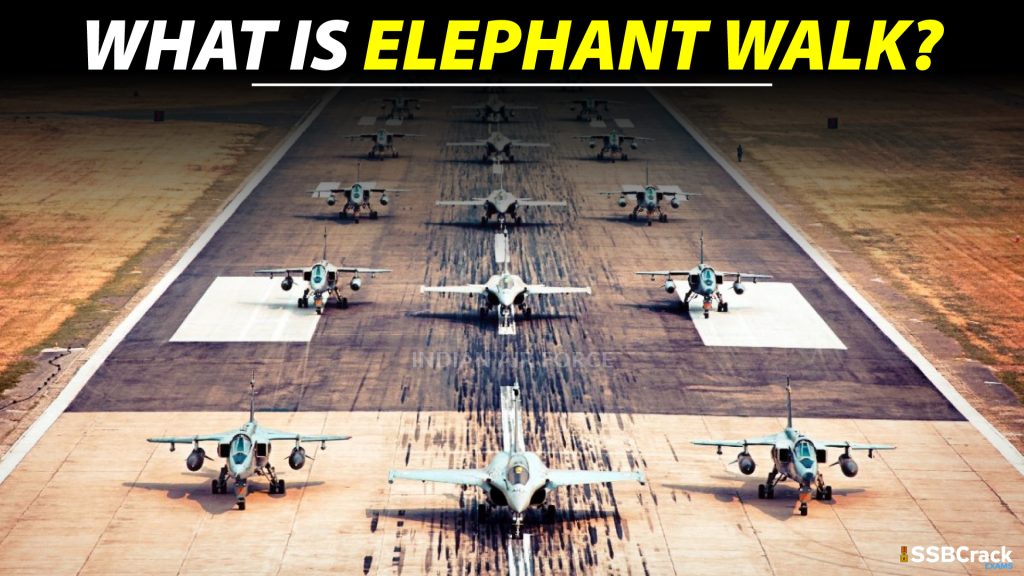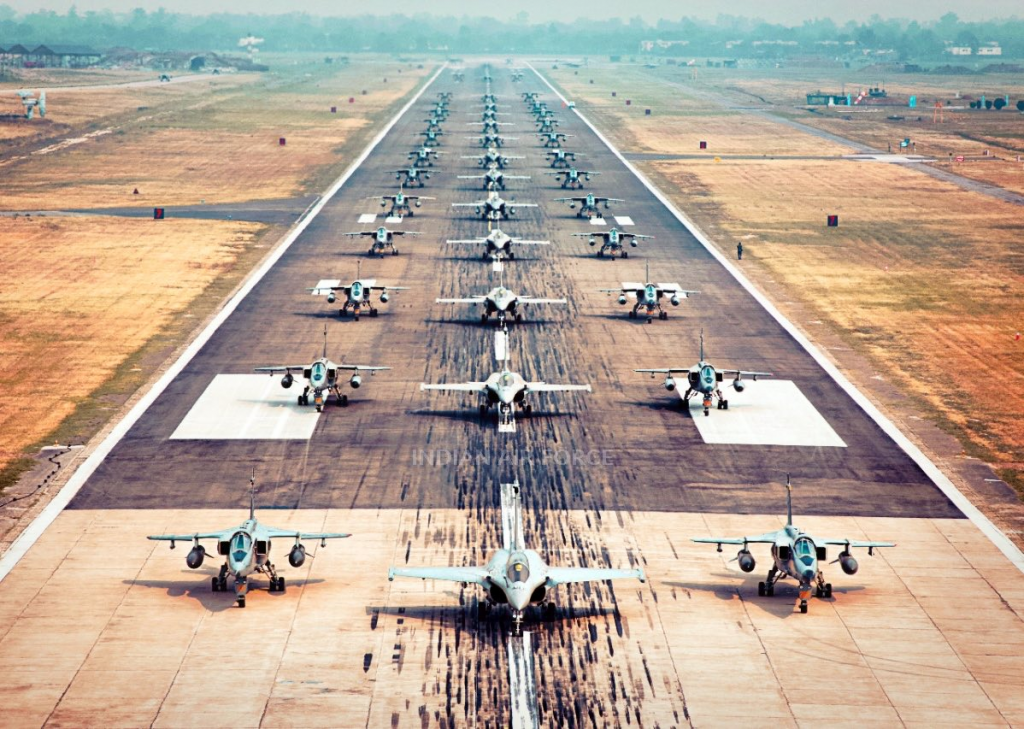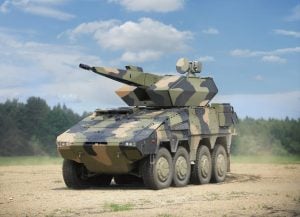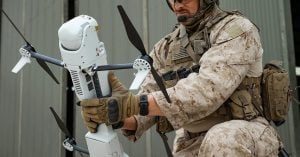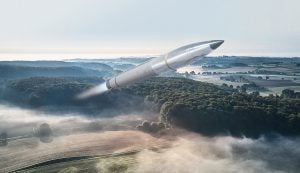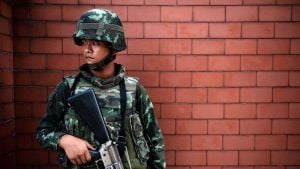Recently some months ago Indian Airforce demonstrated an Elephant walk with 75 fighters in Ambala Airbase to commemorate ‘Azadi Ka Amrit Mahotsav‘. These 75 fighters consisted of 25 Dassault Rafale and 50 Jaguars were there. This is perhaps the biggest elephant walk in entire South Asia by any Airforce of any country. In this article, we are going to analyse the significance of this Elephant walk and the tactics involved behind it that will boost the knowledge of defence aspirants.
Fully armed Aircraft from the 18th Wing conduct an elephant walk during a no-notice exercise on April 12, 2017, at Kadena Air Base, Japan. The 18th Wing operates combat-ready fleets of HH-60 Pave Hawks, F-15 Eagles, E-3 Sentries, and KC-135 Stratotankers, making it the largest combat-ready wing in the U.S. Air Force. Kadena AB provides leading-edge counter-air, command and control, air refueling, and combat search and rescue operations, enabling theater commanders of joint and allied partners to project and enhance lethal, persistent, and flexible combat power in response to adversaries. (U.S. Air Force photo by Senior Airman John Linzmeier)
A line of C-130 Hercules taxi during a Mobility Air Forces Exercise on Nov. 18, 2009, at Nellis Air Force Base, Nev. Approximately 40 C-17 Globemaster IIIs and C-130s from Air Force bases around the U. S. flew about 400 Soldiers from Fort Bragg, N.C., for airdrops on the Nevada Test and Training Range. (U.S. Air Force photo/Airman 1st Class Stephanie Rubi)
What Is Elephant Walk?
Elephant walk is a term basically used by the US Airforce for taxiing a large number of aircraft together prior to a minimum interval take-off. We often see the US Airforce F 16, F 22, F 35, A 10 displaying such walks many times. Even the large transport aircraft, tankers, and bombers also sometimes perform this walk, you must have noticed .
The term elephant walk originated long back during the Second World War when the allied bombers conducted raids containing thousands of bombers. Those who observed this event said that the taxiing of these large numbers of aircraft to take off in single file in nose-to-tail formations said that they looked like elephants walking to the next watering hole. Not only bombers, during the second world war a large number of fighters also used to take off one after another in large numbers after performing elephant walks. This tactic was used to launch a large number of aircraft into the air in the minimum possible time.
Over time the tactic changed significantly. In the modern era, US Airforce practices Minimum Interval of Takeoff where all the bombers and tankers at an airbase take off one after another with an interval of 12 to 15 seconds probably. This tactic is practiced in the simulation of a nuclear strike on the airbase where all the assets have to be made airborne before the entire base is obliviated with the nuclear strike.
Tactical use
Now let us look at the tactical use of elephant walk for the fighters and why is it important to the defence forces. The most significant tactical use of this walk is that it can be used to launch a large number of fighters in a very small time so this is the most important factor. In such formation, there are small groups or packs of fighters that take off simultaneously. Often a pack or group contains 2 or 3 fighters. There is a very small amount of time between the take-off of two successive packs. In this way, the entire squadron can be made airborne in a short duration which can then overpower any enemy formation with their sheer number. Engaging with such a huge formation is often demotivating for the enemy. The enemy air defences are also saturated with targets. And these targets are not sitting ducks, these can fire back. This use makes it a very important factor to be practiced by the defence forces.
But there are also certain drawbacks. These are mostly used for psychological warfare only. Such a huge formation on the tarmac is good for intimidating the enemy psychologically but is quite vulnerable to enemy air attacks. Few cluster bombs can wipe out the entire squadron.
IAF’s Elephant walk
IAF has done the elephant walk the previous year to commemorate the 75th year of independence. The formation had 75 fighters (25 rafale and 50 jaguars) signifying 75 years of independence. But this event has many silent messages for our enemies too. The formation shown is a deep strike package. The Jaguar Fighter bombers are a potent platform for bombing the enemy along with the Rafales which are the best fighters in the entire subcontinent. It symbolizes that such huge firepower is ready to strike the enemy anytime if required, it shows we are ready to fight and win. This deep strike package can be used in massive retaliation if “Terrorist Factory” attempts any misadventure. The message is also for the Taliban as the US has pulled out its last soldier. It is also for those who are thinking that the Taliban will help them liberate Kashmir and after seeing this they will probably have nightmares. The message is also clear for the Chinese which says “don’t mess with us and doesn’t underestimate our power”.
This is the first time the Indian Airforce has conducted such an Elephant walk like other developed countries. Earlier it was avoided due to the fact that Russian engines are very prone to foreign object damage and performing it with the Russian fighters is risky. That is the primary reason why there are rafales and jaguars instead of SU 30 MKI.
This elephant walk also reminds us that though we are a peace-loving country, we can demonstrate our destructive power if provoked to do so. It shows that we are one of the finest forces in the world.
Also Read: All You Need To Know About Indian Air Force Fighter Aircraft
